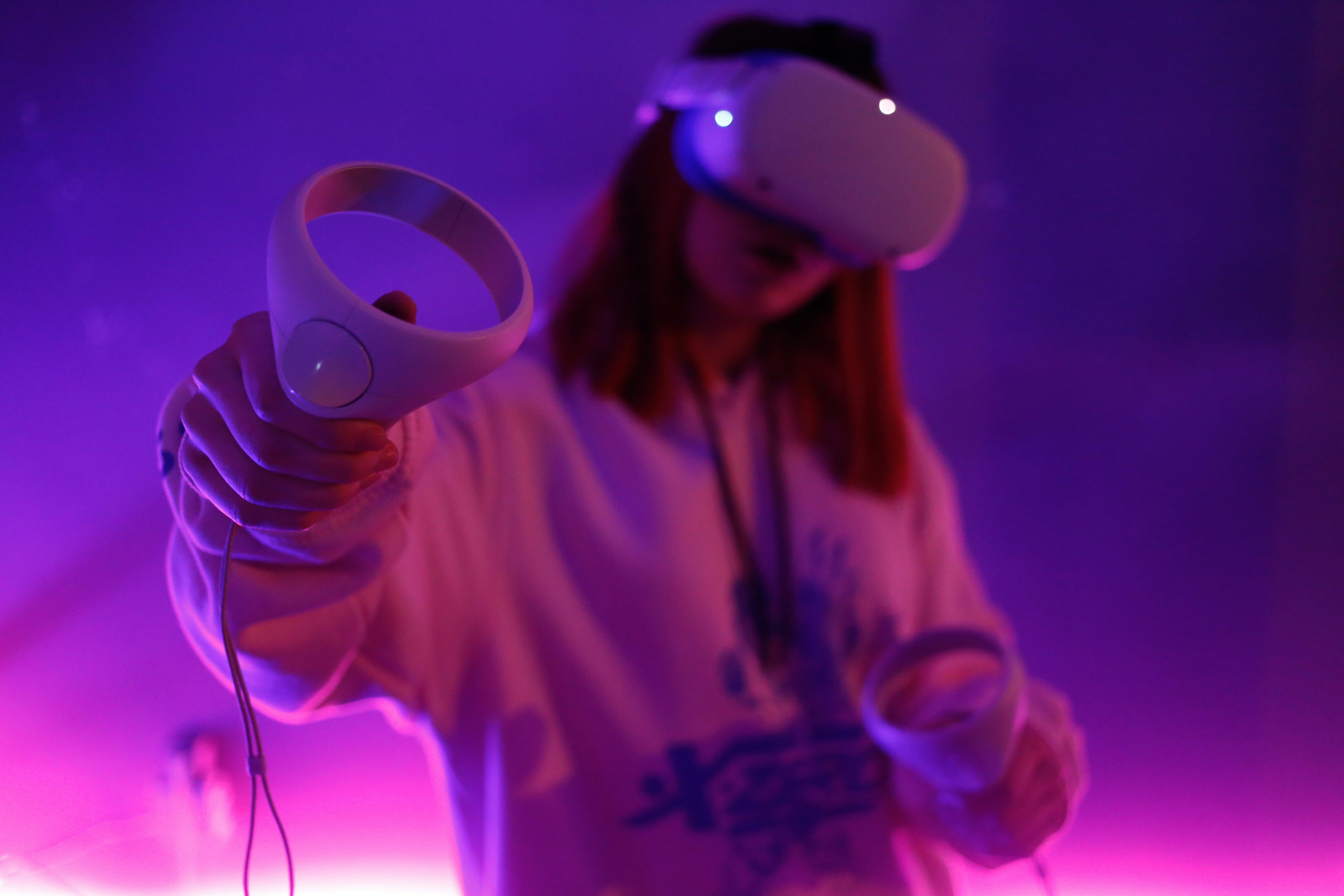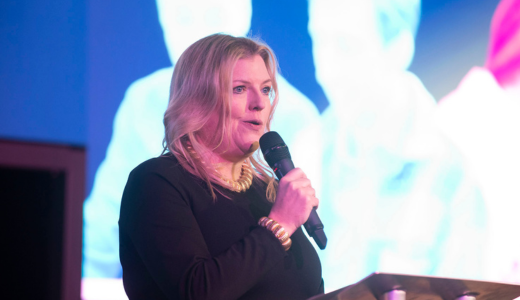Twitter’s share price dropped sharply on Wednesday after its first results as a public company prompted concerns among investors that its rapid growth was running out of steam.
In its first quarterly earnings report since going public, Twitter revealed that it had more money than in the last three months of 2013 than analysts expected. But shares fell sharply as the company announced it had 241m users at the end of 2013, just 9m higher than the previous quarter.
Twitter also disclosed that the number of “timeline views” – its equivalent of page views, and a key measure for advertisers – dropped for the first time in the last quarter of 2013 to 148bn from 159bn.
The fall came even as Twitter made a number or major changes, redesigning its mobile apps and websites and adding image and video previews to Tweets. The moves were designed to improve “engagement” – a key measure for advertisers who want to people to spend time on a site.
According to the earnings report issued on Wednesday, in the three months to 31 December, the company had revenues of $242.7m, an increase of 116% compared to $112m in the same period last year. It made a net loss of $511m for the fourth quarter of 2013, compared to a net loss of $9m in the same period last year.
Twitter said it expected first-quarter revenue to be in the range of $230m to $240m, with revenue for the year of between $1.15bn and $1.2bn, nearly double the $665m it posted in 2013.
"Twitter finished a great year with our strongest financial quarter to date," said Dick Costolo, Twitter's CEO. "We are the only platform that is public, real-time, conversational and widely distributed, and I'm excited by the number of initiatives we have underway to further build upon the Twitter experience."
In a conference call with analysts Costolo was quizzed about its slowing user numbers. He said the company was “doubling down on accelerating growth in our core user base” in 2014. Twitter has “massive global awareness” he said but needed to make it easier for new people to “get it”.
Costolo said changes to Twitter’s products had already made significant differences, increasing the numbers of retweets and favourites. “We believe combined changes over the course of the year will start to change the slope of the user growth curve,” he said. He said the company had a clear “roadmap” for growing user numbers. “I’m delighted with the early results,” he said.
Twitter went public last November and while its share price has soared, it has attracted some unusually negative coverage. Shares sold at $26 a share during the initial public offering and have traded as high as $74.73. They closed Wednesday at $66.21, before the earnings report was published. In after-hours trading, the stock fell by as much as 17%,
Before the results were issued, 30% of the analysts following Twitter had posted sell ratings on the company’s stock, while 27% listed it as buys and 43% were neutral, according to analyst FactSet. By comparison, 89% of analysts following Facebook are recommending a buy and none are posting sell ratings. Sell notes account for just 6% of all the analyst recommendations covering the S&P 500 list of the top US companies.
Analysts are concerned that Twitter’s growth is slowing and that while Twitter’s revenue is more than doubling each quarter, it has yet to make a profit. Shyam Patil, analyst at Wedbush Securities, said for many analysts the company’s share price had risen “too far too fast”.
Patil, who has a neutral rating on the company, said no new information had come out on the company before the quarterly results, and the share price had been driven up by expectations rather than facts. “I think it’s a good business. It is clearly differentiated from the competition,” he said. He said Twitter had yet to figure out how it was going to make money, and that at the moment the sky-high valuation was based on bets that it would hit on a lucrative plan.
“You could see an incredible house and think it’s worth half a million only to find out it’s being sold for $2m. It’s still a great house,” he said.
In recent months, Twitter has made a number or major changes, redesigning its mobile apps and websites and adding image and video previews to tweets. The moves are designed to improve “engagement” – a key measure for advertisers who want to see their content favourited, retweeted and commented upon.
Twitter is still growing quickly. The disappointing quarterly figures still represents a 30% rise year on year. But it accounts for a very small portion of the overall digital ad market. Twitter accounted for 0.5% of global digital ad revenues in 2013, according to eMarketer, up compared to 0.3% in 2012. Facebook, by comparison, accounts for 5.7% of global digital ad spending. Google accounts for 32.4%.
Source: Guardian Technology









